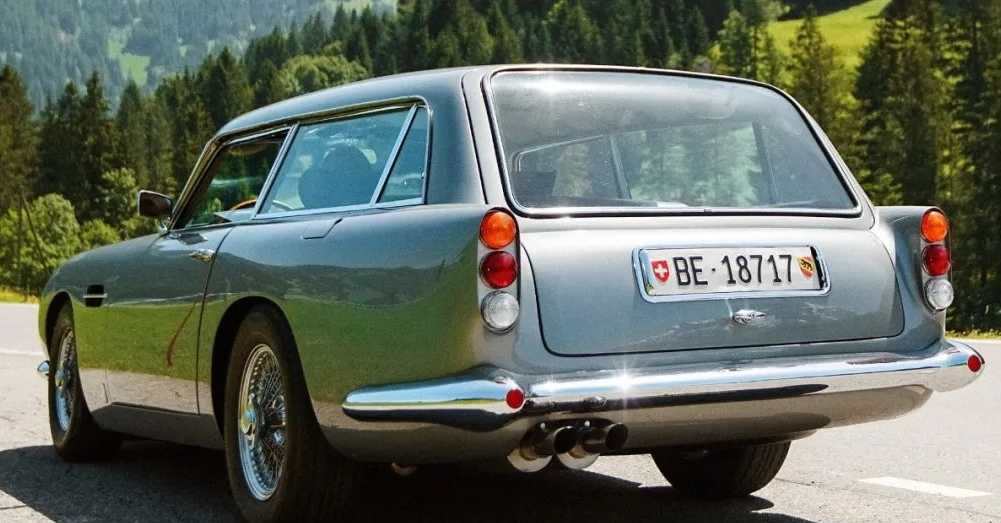
Sports cars are renowned for their speed and style, yet they often fall short in one crucial aspect—ample luggage space. This is where the shooting brake body style comes into play, and the Aston Martin DB5 Shooting Brake is a prime example. In 1965, Aston Martin crafted this unique model, aiming to solve the space conundrum without sacrificing the brand's signature luxury and performance.
The story behind the DB5 Shooting Brake is quite interesting. Aston Martin's then - owner, David Brown, a passionate sportsman, found the standard DB5 lacking in space for his polo gear and his dogs. He brought his dog to a board meeting and challenged the company to create a more suitable vehicle. As the factory was occupied with the DB5 coupe production, the task of conversion was outsourced to Harold Radford's coachbuilding company. The result was a vehicle that combined the elegance of the DB5 with a more practical, spacious rear end.

Source: Images from the Internet, if there is any infringement, please contact the removal of
Under the hood, the DB5 Shooting Brake retained the powerful 4.0 - litre straight - six engine of the standard DB5. This engine, equipped with three SU carburettors, produced 282 bhp at 5,500 rpm and was mated to a four - speed/overdrive gearbox. The shooting brake conversion added more than 40 cu ft of cargo space, while still allowing the car to reach a top speed of 160 mph. Only 12 examples of the DB5 Shooting Brake were built, making it one of the rarest and most sought - after Aston Martins. Each car was a masterpiece, with a price tag that was about twice the cost of an average UK house at the time. Despite its high cost, the DB5 Shooting Brake became an instant classic, admired for its ability to blend the thrill of a sports car with the practicality needed for everyday or leisure use, such as transporting hunting gear or pets.






